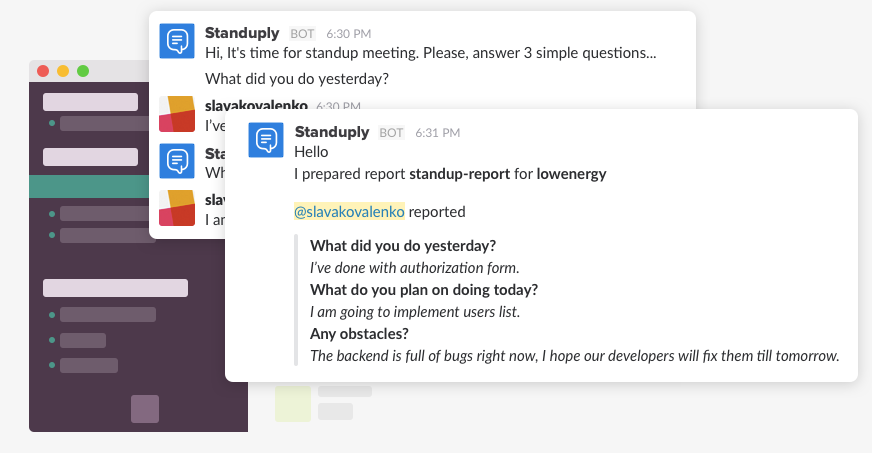
It is undeniable that virtual teams are becoming a business trend. Moreso now that there is a pandemic and we are encouraged to stay in our homes for our safety.
Remote work setup allows business owners to save up on operations costs, while employees get to enjoy a flexible work schedule. This leads to happy employees and satisfying results.
Understanding Your Virtual Team Setup
Before we start, let us first define what a virtual or virtual team is.
A remote or virtual team is usually made up of a group of individuals or employees who are geographically dispersed in various locations. They can live within the same country, or they are composed of international talents. Hence, they work in different timezones.
Nonetheless, they can communicate and collaborate in real-time using project management tools.
A primary differentiator between a remote team from a physical, in-house one is the leadership style.
Managing a virtual or virtual team is quite different from managing an in-house team. Usually, it would help if you had a different leadership style to create trust from a team that you can’t see physically.
That’s why you must ensure an efficient virtual collaboration among teams.
Here are also the benefits that are often associated with having a virtual team:
- Virtual teams help the organization explore new avenues for growth across various regions.
- Capitalizing on virtual teamwork is essential in improving the organization’s operational capability.
- It also allows the organization to scout the best talents there is to maximize the team’s performance.
We will talk more about the 12 ways how you can manage a high-performing team in the most efficient way possible:
Schedule Regular Meetings

Conducting regular meetings, usually held at the same time, or the same day of the week helps create a routine. This routine provides you with something that they are used to and is familiar with.
Doing so also puts your team at ease and decreases stress. Doing video calls is one way to boost efficiency because you are crafting a routine office meeting that most remote teams often miss out on.
Implement Systems
Without the right systems in place, your business can fall apart. If a company runs without a system in a typical workplace in the office, this can somehow compensate.
However, if you run a virtual team, every person can be caught up in the own world. They also tend to develop processes and procedures that might not complement how other team members are working.
That is why you need to develop a refined, standardized way of working if you are working with a virtual team. It would be ideal to establish a specific process for suggestions, documentation, testing, and implementation.
Tools like Standuply can help you save time by automating management processes.

It also enables us to bring in experts that can help build your remote team.
Undergo Virtual Teams Training
Every team requires training to be the best at what they do, and remote teams are not an exception.
Now, there are several ways how you can manage virtual teams, and this usually involves three types of training:
Technology Training
It would be ideal for your virtual team to master the project management tools that they are using. Things that you need to cover:
- What types of tools that you should be using, and when should you use these tools?
- How do you choose tools that fit our needs?
- How to effectively deal with tech issues
Group Processing Training
Everyone in the team should also be able to handle different project-related challenges.
Things that you need to cover:
- Goal setting
- Problem-solving skills
- Establishing trust among remote team members
- Team collaboration exercises
Cross-cultural Training
Things that you need to cover:
- How you can overcome cultural challenges
- How to work depending on the culture’s customs and work routines
- How one can get rid of prejudices and ignore stereotypes
Choose the Right Communication Tools
When managing virtual teams, you must maintain efficient communication.
To do this, you need to have the right communication tools:
- Chat tools: Excellent for sending quick questions and clarifying some work-related issues.
- Skype: Great for holding video meetings and video conferences with your team.
- Email: Works like an official correspondence among team members, and ideal when planning one-to-one meetings or sending status reports.
Set Up a Project Management System
You need to set up a project management system to manage everyone’s tasks and boost productivity efficiently.
A project management software keeps everyone in your team on the same page. This also prevents you from working from slipping through the cracks. There are a lot of project management systems that you can use out there.
You should do your research and find the one that works best for you and your company or organization.
Set Goals and Boundaries

A great way to keep everyone in your team engaged is to set goals and reward them for accomplishing them.
An excellent example is rewarding your remote team members with gift cards of their favorite store. You can also send in cash incentives in case they hit their quota.
In the same way, you should also learn how to establish boundaries. For example, employees should work a minimum of at least 6 hours per day. Anything beyond that, they will be paid additionally per hour.
Hire the Right People for Your Virtual Team
The thing is, not everyone’s going to be cut out for remote work. Also, not every person will fit your team, personality-wise.
Fortunately, there are many personality tests out there (most of them are free!), which you can use to know whether this particular person is the right fit.
You might also need to ask yourself whether you are sure of hiring that person. If you are not, then it might be best you move on to the next candidate.
It would be best to hire proactive and resilient self-starters who know how to manage their time effectively. Include these qualities in the job description and several other attributes you are looking for in a candidate.
Because strong digital communication skills and attention to detail are vital to any virtual team, you might want to specify how a candidate can apply.
It can be as simple as telling your candidates what to include in their email’s subject line. Doing so can make it easy for you to filter out applicants.
Apart from that, double-checking references are essential to know as much as you can what you are getting into.
Track Work Output
Whether you manage a remote team or not, you need a way to measure your team’s productivity.
So, what are the critical indicators of the success of every job?
You need to be transparent about this so that you will quickly know (whether in weeks or months) if a particular team member is productive or not.
Establish Flexible Work Hours

If you have employees from international locations, it is more likely that they work in different timezones. But that does not mean that you should let them work whenever they like.
To ensure efficiency, it would be best to establish standard work hours. See to it that at least two teams are always on the cross-over- meaning, at least two teams are working simultaneously.
Doing so dramatically cuts down a project’s turnover if at least one or two people are collaborating at the same time.
Depending on the work or industry you are in, you need to consider hiring people of the same time zone. If not, consider hiring people whose timezone is three hours apart at most.
Remember that a successful virtual team relies heavily on communication and collaboration. And a massive difference in time zone might kill collaboration among team members.
But this does not mean that their working hours have to be very specific. It would help if you still injected a little bit of flexibility here and there.
The important thing is that each team or member should come with some agreement. That way, they can support one another on any given day.
Support Effective Collaboration on Projects
Documents, spreadsheets, and PowerPoint presentations are now accessible with the help of various tools. It can be in project management tools or cloud storage.
Because of the advancement of technology, virtual teamwork is so much easier than ever before. Thus, you can sleep soundly at night, knowing that the work gets done as efficiently as possible.
Build a Strong Remote Company Culture
There is no denying that communication is integral in virtual teams. And just because your team is dispersed in various locations does not mean that you cannot build your own company culture.
Here are some helpful ways for how you can accomplish that:
- Be transparent about your company’s goals and vision. You need to know what everyone’s role is in your team and how it contributes explicitly to the organization. Every member of your team should feel that the work that they put in has value.
- It would help if you had clear expectations regarding the response time, milestones, deadlines, and the outset of jobs and projects. If you have to give out constructive feedback, you might want to do it privately, instead of a group meeting or channel.
- Do not forget to say thank you, recognize the extra effort given, and celebrate success if it requires.
- When it comes to maintaining work-life balance, set a good example. Respect everyone’s personal time.
- Take the time to know your team beyond what they do for a living. Let them talk about their life outside of work. Please encourage them to share things about themselves. Before you jump straight into meetings, please take a minute first to ask everyone how they are doing or what is currently going on in their lives.
- If you have the budget, schedule a team gets together at least once or twice a year. Doing so helps build rapport and interpersonal relationships among team members. This also enables you to align your priorities and goals, process any issues, or discuss any roadblocks.
Encourage a Virtual Community

Your remote team or employee is miles away from your office, with just their computer in front of them.
They do not have the privilege to go out and have coffee with your in-house team, engaging in casual talks or office chatter with them.
Because they miss out on these face to face interactions, this causes the virtual team member to feel left out.
That’s why you need to set up a virtual community, as this bridges the gap between your remote team members.
See to it that this community is out there all the time, 24/7 so that employees that do work in different time zones will not feel isolated.
Finally, do not limit setting up this virtual community strictly for professional discussions only. You need to use it as a platform for encouraging social interactions as well.
Over to You
Technological advancements over the years have changed almost every aspect of our lives. How we work is not an exemption.
Having and managing remote workers comes with a unique set of challenges. But with the right tools, planning, and leadership, this can be overcome.
If you want to keep your remote employees engaged and motivated, applying these helpful tips will help you achieve those things.
Remember that your employees are the key to new markets and possibilities. By applying these best practices, you can indeed create a more unified team.


